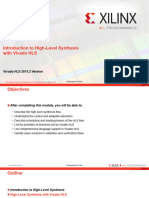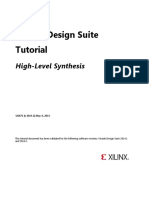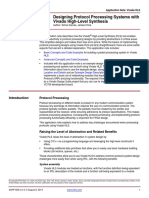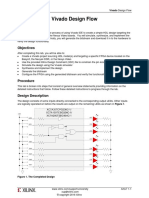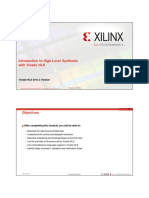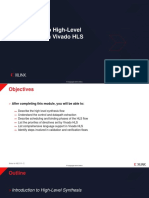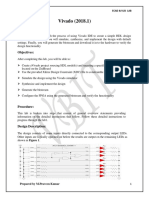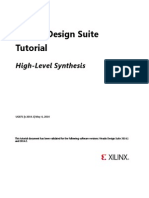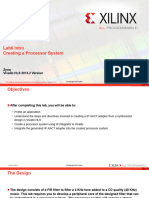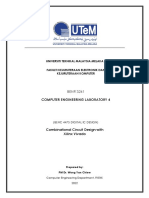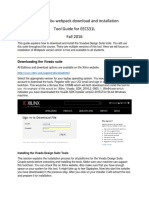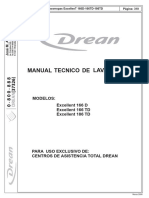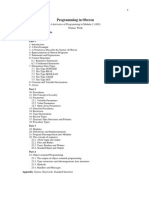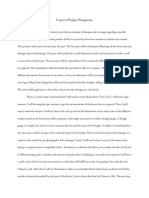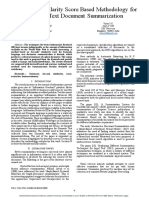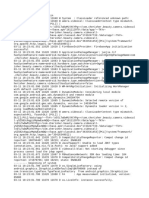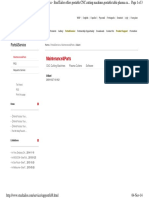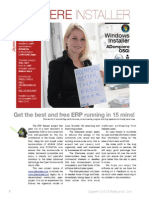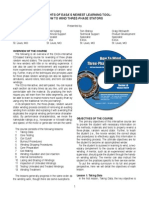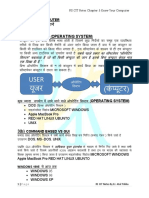0% found this document useful (0 votes)
41 views5 pagesLab1 Intro Vivado HLS Design Flow: This Material Exempt Per Department of Commerce License Exception TSU
Lab 1 for Xilinx Vivado HLS, high level programming of FPGA+CPU SOCs.
Uploaded by
Pablo Oscar CayuelaCopyright
© © All Rights Reserved
We take content rights seriously. If you suspect this is your content, claim it here.
Available Formats
Download as PDF, TXT or read online on Scribd
0% found this document useful (0 votes)
41 views5 pagesLab1 Intro Vivado HLS Design Flow: This Material Exempt Per Department of Commerce License Exception TSU
Lab 1 for Xilinx Vivado HLS, high level programming of FPGA+CPU SOCs.
Uploaded by
Pablo Oscar CayuelaCopyright
© © All Rights Reserved
We take content rights seriously. If you suspect this is your content, claim it here.
Available Formats
Download as PDF, TXT or read online on Scribd
/ 5

